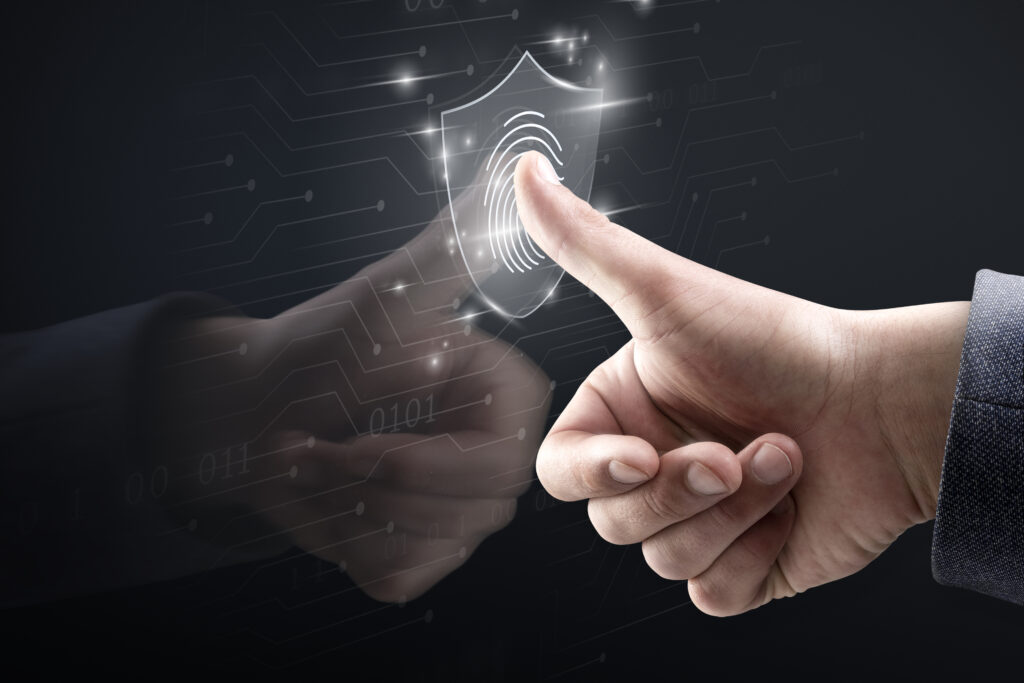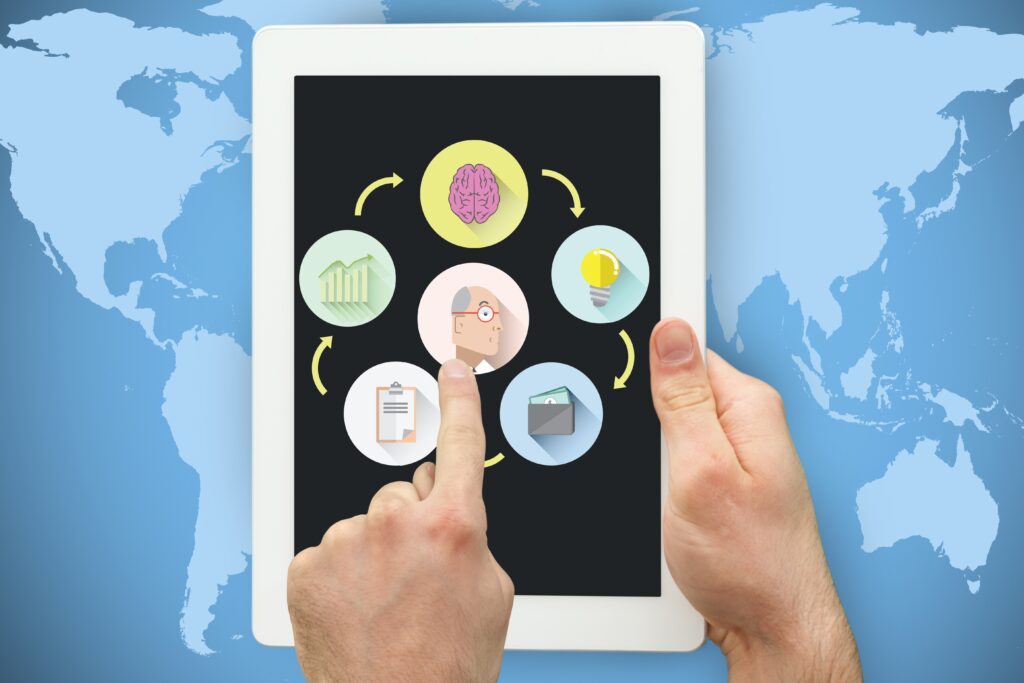Dark Side of AI
Introduction
AI, or Artificial Intelligence, refers to the simulation of human intelligence processes by machines, particularly computer systems. These processes include learning (the acquisition of information and rules for using the information), reasoning (using rules to reach approximate or definite conclusions), and self-correction.
AI applications are widespread across industries, including healthcare, finance, transportation, education, entertainment, and more. While AI offers significant benefits such as automation, efficiency, and innovation, it also raises ethical, societal, and economic concerns, including job displacement, data privacy, bias in algorithms, and autonomous weapons. As AI continues to advance, it’s crucial to ensure its responsible development and deployment for the betterment of society.
Ethical Issues

While artificial intelligence (AI) holds immense potential for good, its development and application are not without risks and ethical concerns. These can be broadly categorized into the following areas:
Bias and Discrimination:

- Data-driven Bias: AI algorithms learn from data, and if that data reflects existing societal biases, the AI can perpetuate or even amplify those biases. This can lead to discriminatory outcomes in areas like loan approvals, job recruitment, and criminal justice. For example, an AI trained on historical loan data biased against certain demographics might continue to reject loan applications from those groups.
- Algorithmic Bias: Even with unbiased data, the design and training process of AI systems can introduce bias. For instance, algorithms used in facial recognition have been shown to be more accurate for white faces than for faces of other races. This can have serious consequences for law enforcement and surveillance practices.
- Reinforcing Inequality: AI systems deployed in areas like education and healthcare can exacerbate existing inequalities if not carefully designed and implemented. For example, algorithms used to identify gifted students might overlook talented individuals from disadvantaged backgrounds due to limitations in the data or features used.
Privacy and Security:

- Surveillance and Data Collection: AI-powered surveillance systems raise concerns about privacy and freedom. These systems can collect vast amounts of data about individuals, potentially infringing on their right to privacy and creating opportunities for misuse.
- Data Security and Leaks: The enormous data collected and used by AI systems is prone to hacking and leaks. It can have significant impact for individuals and society.
- Weaponization of AI: AI tools can be used for malicious purposes, such as creating deepfakes to spread misinformation or launch cyberattacks. This raises concerns about the potential for AI to be used as a weapon of war or terrorism.
Job Displacement and Automation:

- Automation Anxiety: AI is increasingly automating tasks previously performed by humans, leading to concerns about job displacement and unemployment. While new jobs might be created, the transition for those whose jobs are automated can be difficult and disruptive.
- Skilling and Retraining Needs: The widespread adoption of AI will require significant investments in skilling and retraining programs. It will make sure a smooth change for workers whose jobs are affected.
- Impact on Labor Rights and Wages: Increased automation raises concerns about the potential for AI to weaken labor rights and bargaining power. It will lead to lower wages and poorer working conditions.
Opacity and Explainability:

- Black Box Problem: Some AI systems are complex and opaque, making it difficult to understand how they reach their decisions. This lack of explainability can raise concerns about fairness, accountability, and potential biases.
- Algorithmic Accountability: If an AI system makes a harmful or discriminatory decision, it can be difficult to hold anyone accountable due to the complexity of the system. It is because of the involvement of multiple actors in its development and deployment.
- Human Oversight and Control: As AI systems become more sophisticated, there is a need for robust human oversight and control mechanisms. It will ensure their safe and ethical use.
Existential Risks:

- Superintelligence and Loss of Control: Some experts raise concerns about the possibility of AI surpassing human intelligence and becoming uncontrollable, potentially posing an existential threat to humanity. While this is a long-term scenario, it requires careful consideration and development of safeguard measures.
- AI Arms Race: The development and deployment of AI-powered weapons by different countries could lead to an uncontrollable arms race. It may have potentially devastating consequences.
Impact on Human Values and Society:

- Social Manipulation and Control: AI can be used to manipulate people’s opinions and behavior. It may potentially undermine democratic processes and individual autonomy.
- Loss of Human Connection: Overreliance on AI could lead to a decrease in human interaction and empathy. It may potentially weaken social bonds and communities.
- Impact on Human Identity and Meaning: The increasing presence of AI raises questions about the future of human work, purpose, and identity. We are living in a society which is increasingly shaped by intelligent machines.
Addressing these “dark sides” of AI requires a multi-pronged approach involving:

- Ethical development and deployment of AI: Inserting ethical principles in the design, development, and use of AI systems throughout their lifecycle.
- Robust regulations and governance: Establishing clear regulations and governance outlines. It will ensure the responsible development and use of AI.
- Transparency and explainability: Developing AI systems that are more transparent and explainable, allowing for better understanding and accountability.
- Public education and awareness: Raising public awareness of the potential benefits and risks of AI, promoting responsible development and use.
- International cooperation: Collaborating internationally to address the challenges and opportunities presented by AI in a coordinated and responsible manner.
Conclusion
By proactively addressing these concerns and fostering a culture of responsible AI development, we can harness its immense potential for good while justifying its risks. This journey requires collaboration, foresight, and a commitment to upholding human values in the face of technological change. Let us use AI not as a replacement for humanity, but as a tool to empower ourselves. It will help to build a better future, and navigate the unknown with wisdom and responsibility.
